Best Vegetables to Plant in the Pacific Northwest
Growing vegetables may not be excessively complex, but they do require more care than most ornamental plants. Some vegetable crops have a single yearly growth cycle, making it crucial to provide them with the necessary attention and ideal conditions right from the beginning.
Start with healthy soil that has a pH ranging from 6 to 7 and is rich in organic content. Ensure consistent growth by providing adequate nutrients and water. Protect plants from potential damage caused by wind, rain, and frost. Additionally, take measures to eliminate pests and prevent diseases to maintain overall plant health.
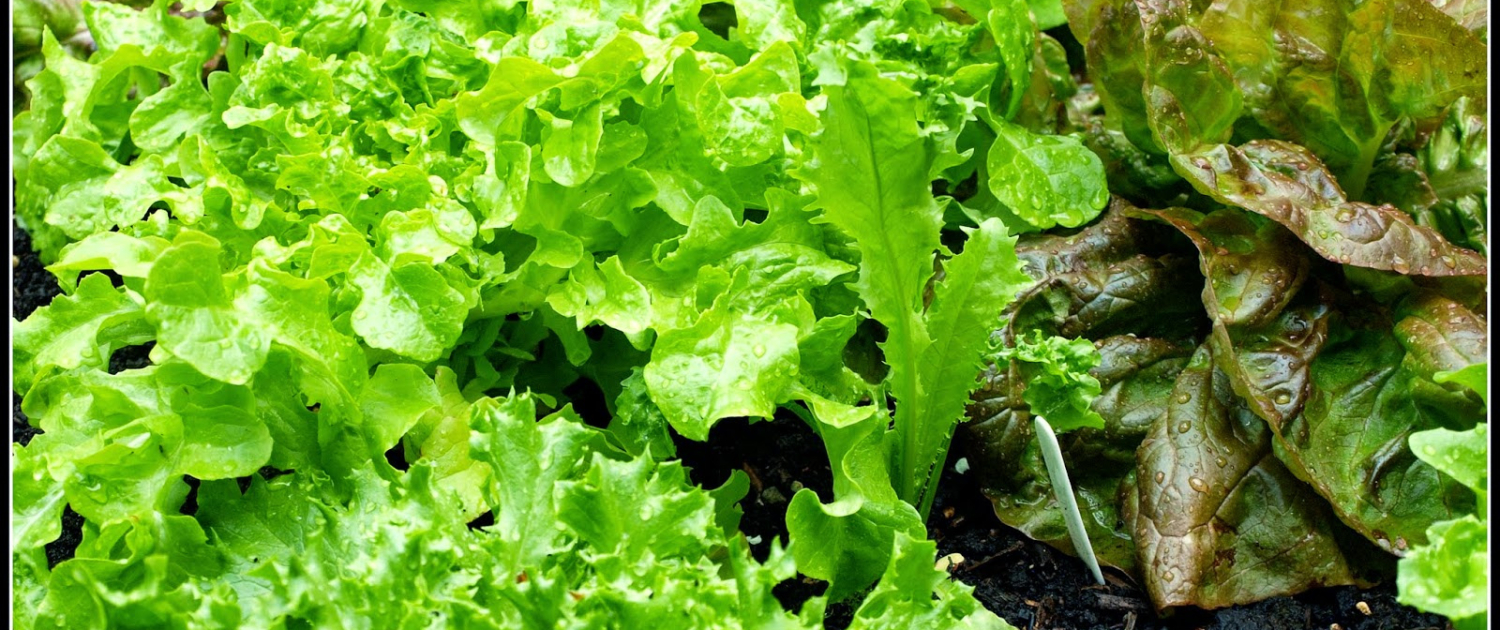
Lettuce
Lettuce
In our area, growing lettuce is remarkably straightforward, thriving both under protective cloches and in the open during the warmer months. It germinates with just light and can be started indoors or directly in the garden, proving to be hardy once transplanted and benefiting from protection against the elements.
Ensuring it receives enough nitrogen and moisture helps prevent early seeding and bitterness. Modern varieties are bred for bolting resistance and better heat tolerance, offering a wide selection from baby leaves to large heads in various colors and textures. The main issue gardeners face is slugs; effective management includes prompt baiting post-planting and regular monitoring to maintain plant health.
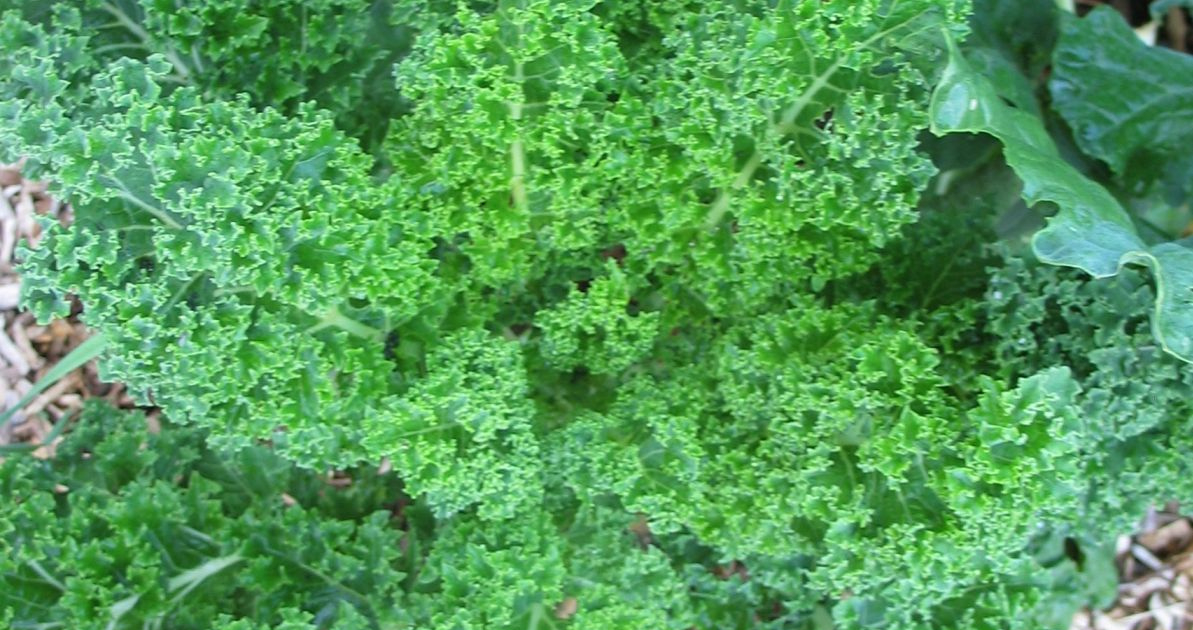
Kale
Kale
Kale, known for its cold hardiness, is perfectly adapted to the Pacific Northwest’s cool climate, thriving even during its mild winters, provided it receives steady moisture for the development of its characteristic tender leaves. It grows best in soils rich in organic material, which ensures vigorous and healthy plants.
Despite its robustness, kale faces threats from pests like aphids, caterpillars, and slugs, though local agricultural practices have evolved to manage these challenges effectively. Additionally, the cultivation of this nutrient-dense vegetable has surged due to its health benefits. Yet, growers must be vigilant about ensuring good soil drainage to prevent issues such as root rot, highlighting the importance of balanced water retention for optimal growth.
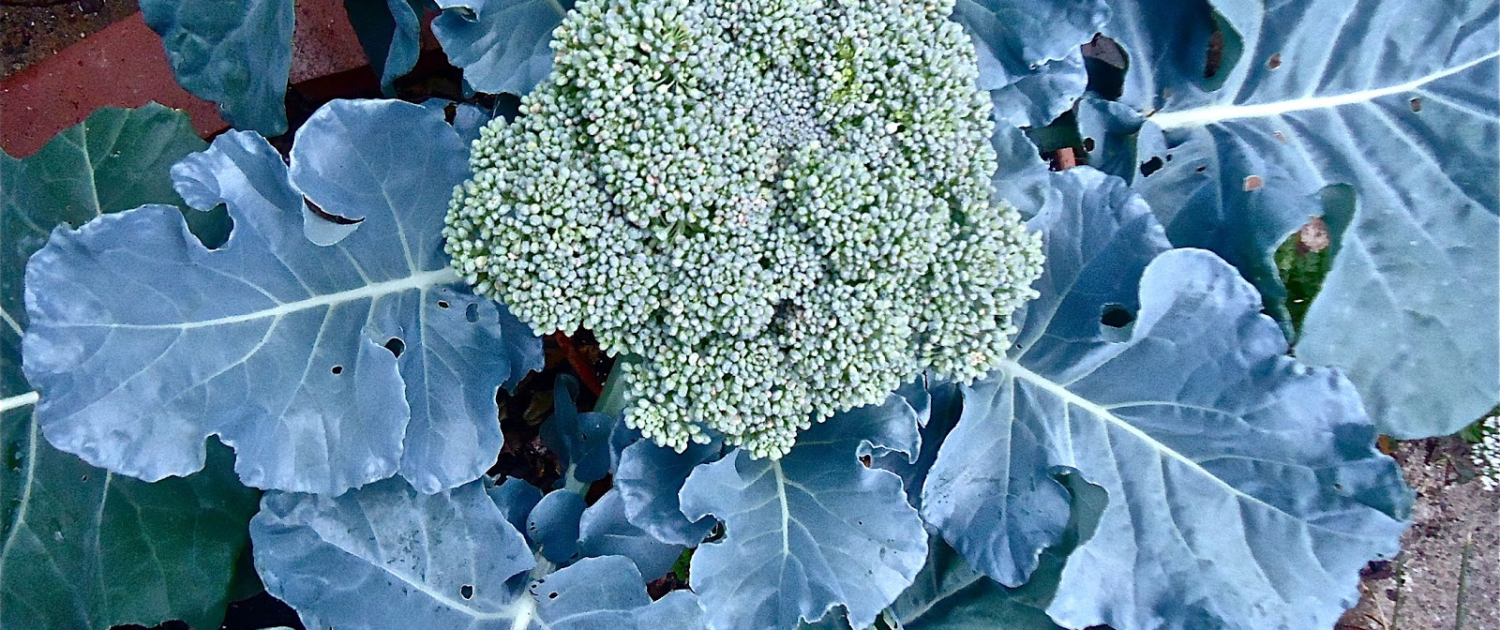
Broccoli
Broccoli
Broccoli, which struggles in heat, thrives in the cooler climates of the Pacific Northwest, making it a suitable crop for the region. While starting plants from transplants is common, beginning with seeds is also feasible, provided the plants receive sufficient water and nutrients. Ensuring a moist, nutrient-dense environment is key to the plant’s success, and with attentive care post-harvest, many varieties will continue to produce secondary shoots.
However, attention must be paid to pests such as aphids and cabbage worms. Selecting compact varieties, like Small Miracles, can benefit those with limited space, yielding a substantial main head and additional shoots. Effective pest management, along with the right variety selection and attention to spacing and drainage, is critical for flourishing broccoli plants.
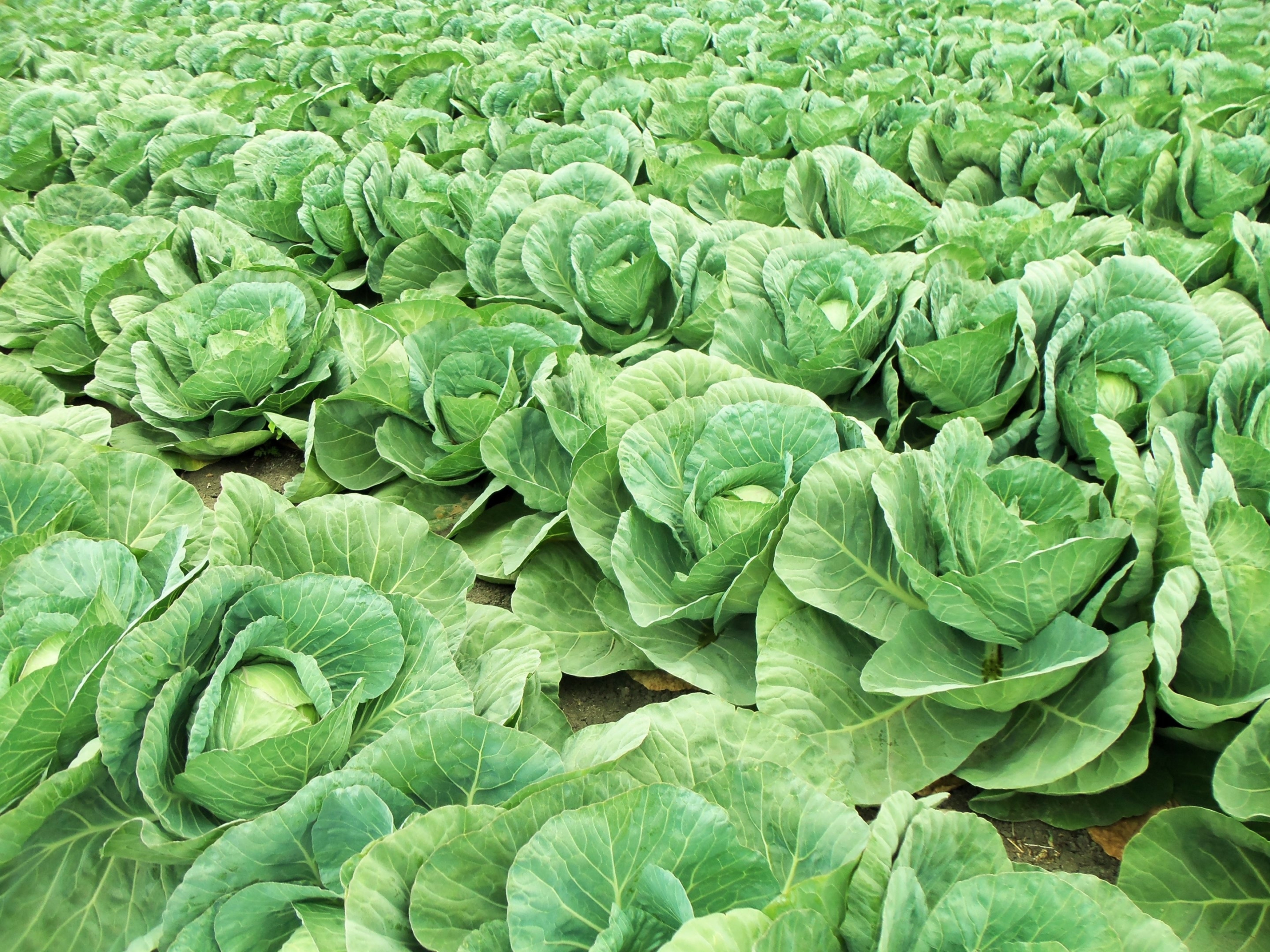
Cabbage
Cabbage
Cabbage, much like broccoli, favors cooler weather, and high temperatures can cause the heads to split. This vegetable demands a high nitrogen content in the soil to support its growth and maintain leaf moisture. Facing similar challenges as other members of the brassica family, cabbage is particularly prone to slug attacks, making effective pest control essential.
With a wide range of varieties including red, green, and different textures such as Savoy and Chinese cabbages, each requires specific attention to thrive. Adhering to planting guides, coupled with regular watering and diligent pest management, plays a critical role in nurturing robust cabbage plants, ensuring they grow healthily and produce abundantly.
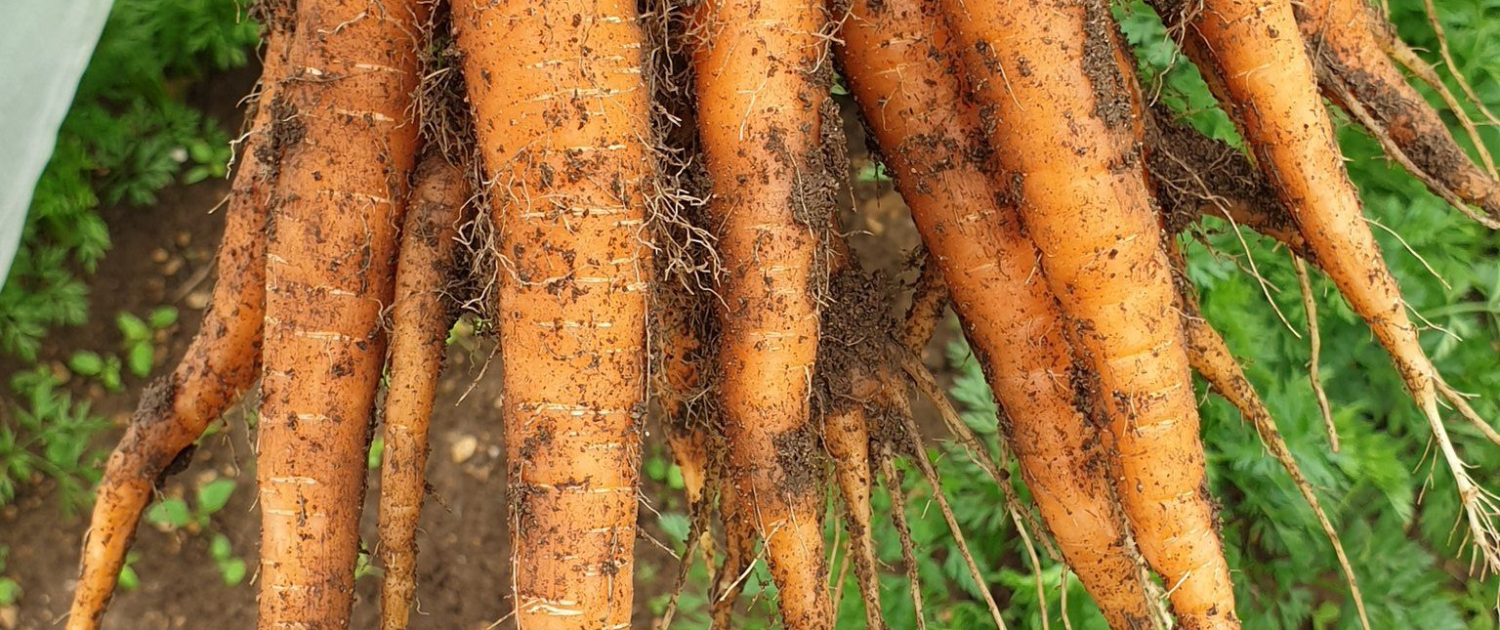
Carrots
Carrots
Carrots demand specific soil conditions for optimal growth, with heavy soils necessitating the choice of shorter varieties and well-drained, deep soils—achievable through raised beds—being ideal for longer types. The success of growing carrots, from compact Chantenay to long Imperator varieties, hinges on selecting the right type for your soil condition and maintaining soil moisture, with options even for baby carrots in containers or poor soil, ensuring a fruitful harvest.
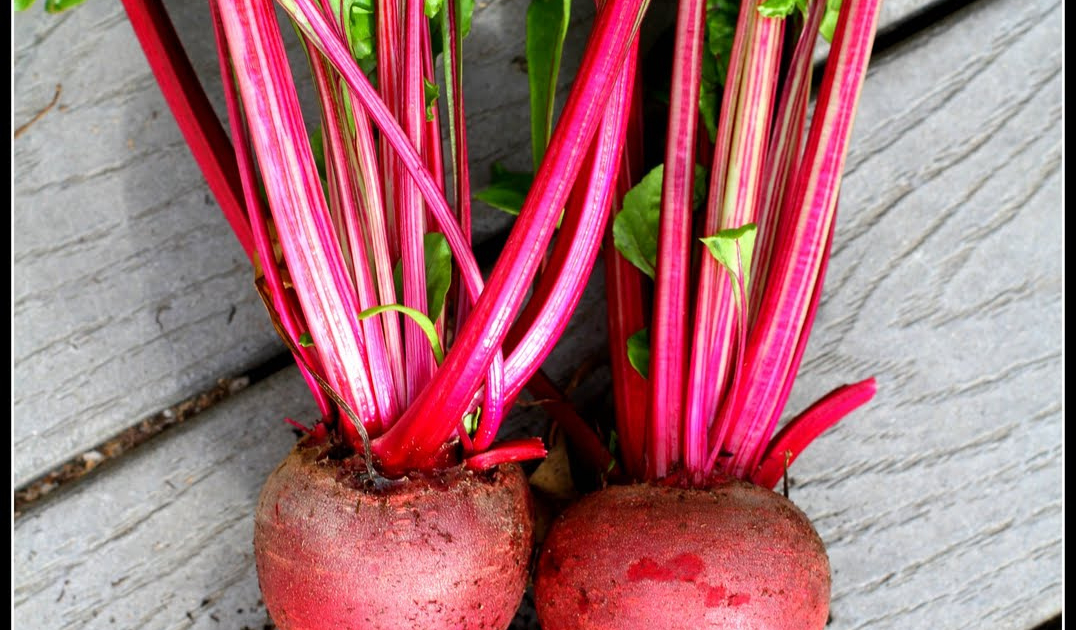
Beets
Beets
Beets flourish in our climate, showing great resilience against pests and diseases, and can be grown directly from seeds or as transplants, though early transplantation is key. They require consistent watering to develop strong roots and are valued both for their historical use as a natural dye and for their nutritional benefits, offering edible roots and leaves without major pest or disease concerns. While open-pollinated varieties introduce diversity, beets need soil with a pH above 6 and a careful addition of boron to compensate for natural deficiencies, emphasizing the balance required in its application to avoid toxicity.
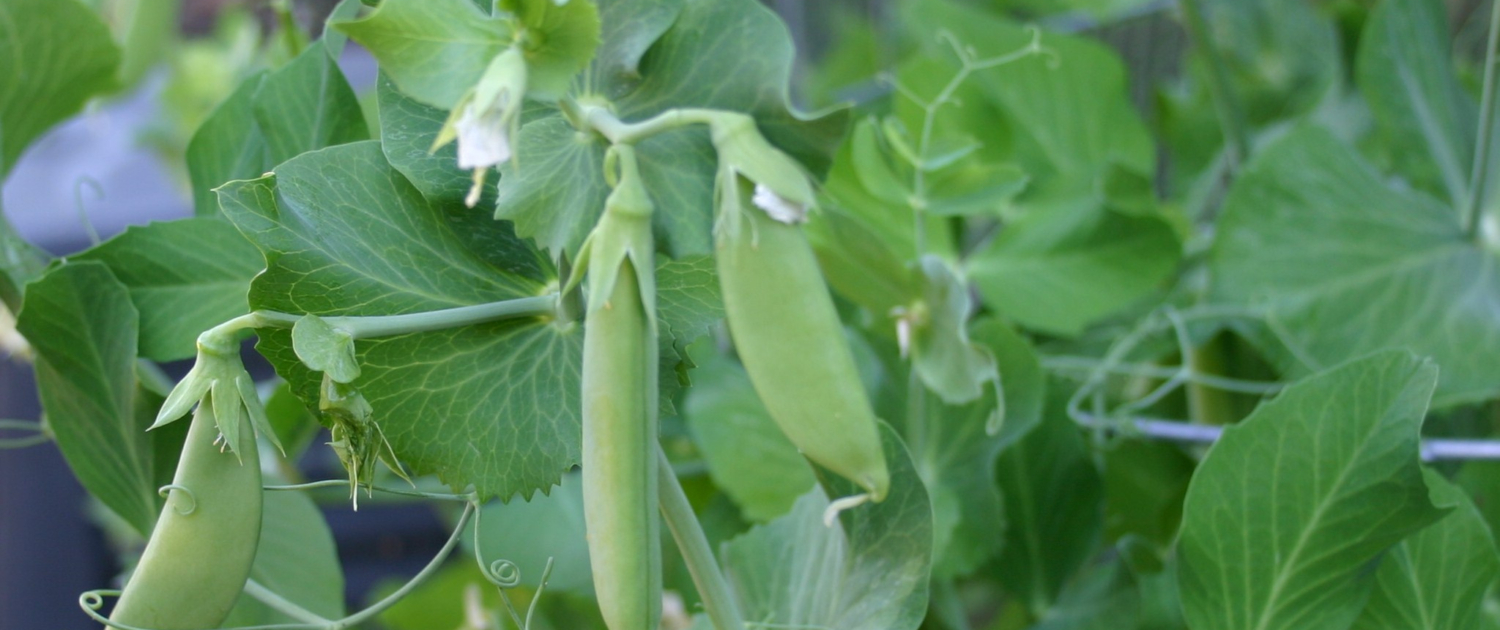
Peas
Peas
Oregon State University has introduced varieties of shell, sugar pod, and snap peas that are well-suited to our region’s diverse climates, with the caveat that they need protection from wind. To ensure a steady supply of peas, staggered planting from late winter through midsummer is advised, alongside the construction of supports like strings and stakes to prevent issues related to pests, diseases, and soil contamination. While newer pea varieties show resistance to common problems like aphids and powdery mildew, ongoing vigilance for pests and ensuring good air circulation remain important for healthy crops.
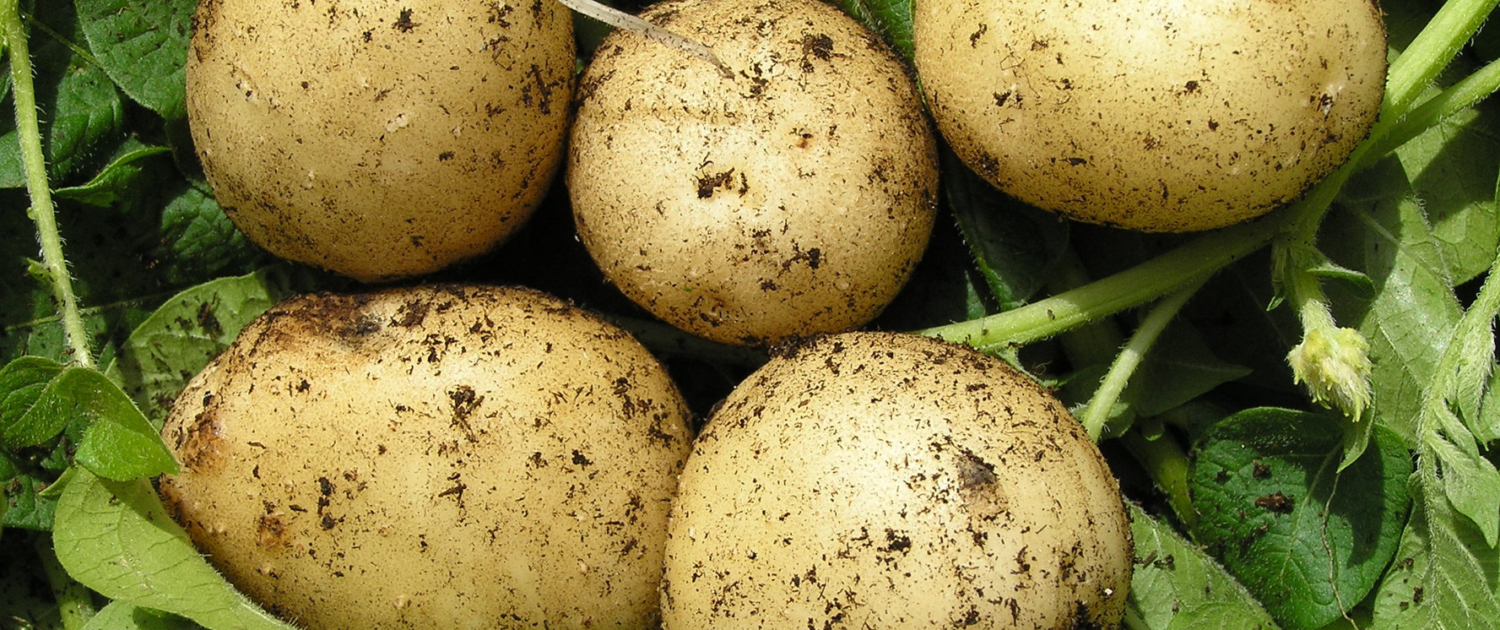
Potatoes
Potatoes
Potatoes, favoring light, sandy soils, excel in both coastal and varied climates, needing only moderate fertilizer and water; they showcase a spectrum of skin and flesh hues, including butter-like yellows, with types ranging from fingerlings to larger varieties each tailored for specific culinary applications such as baking or mashing. To prevent scab disease, it’s recommended to keep the soil slightly acidic and avoid lime, although scab-affected potatoes remain consumable.
Despite their lack of frost resistance, potatoes can recover from frost damage, yet early planting followed by overwatering or overfertilization might cause hollow heart, a condition with a noticeable void inside the potato. Pest management is crucial, as flea beetles and wireworms pose significant threats, necessitating the use of insecticides for the former and diligent efforts to detect and address the latter to maintain potato quality.
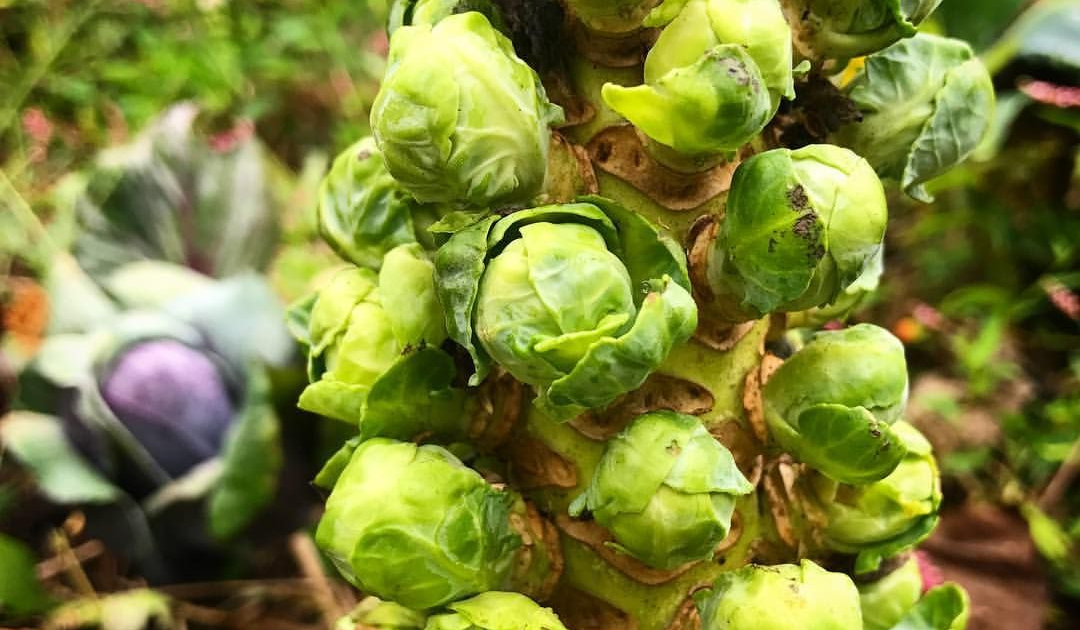
Brussels Sprouts
Brussels Sprouts
The Pacific Northwest’s moist and mild climate provides the perfect setting for Brussels sprouts, a vegetable that flourishes in cooler conditions, allowing for a slow growth process that enhances their sweet and nutty flavor. As a member of the cabbage family, Brussels sprouts grow on a thick stalk with small, leafy green buds forming in a spiral, each resembling a miniature cabbage, benefiting from the region’s consistent moisture and cool temperatures for optimal development.
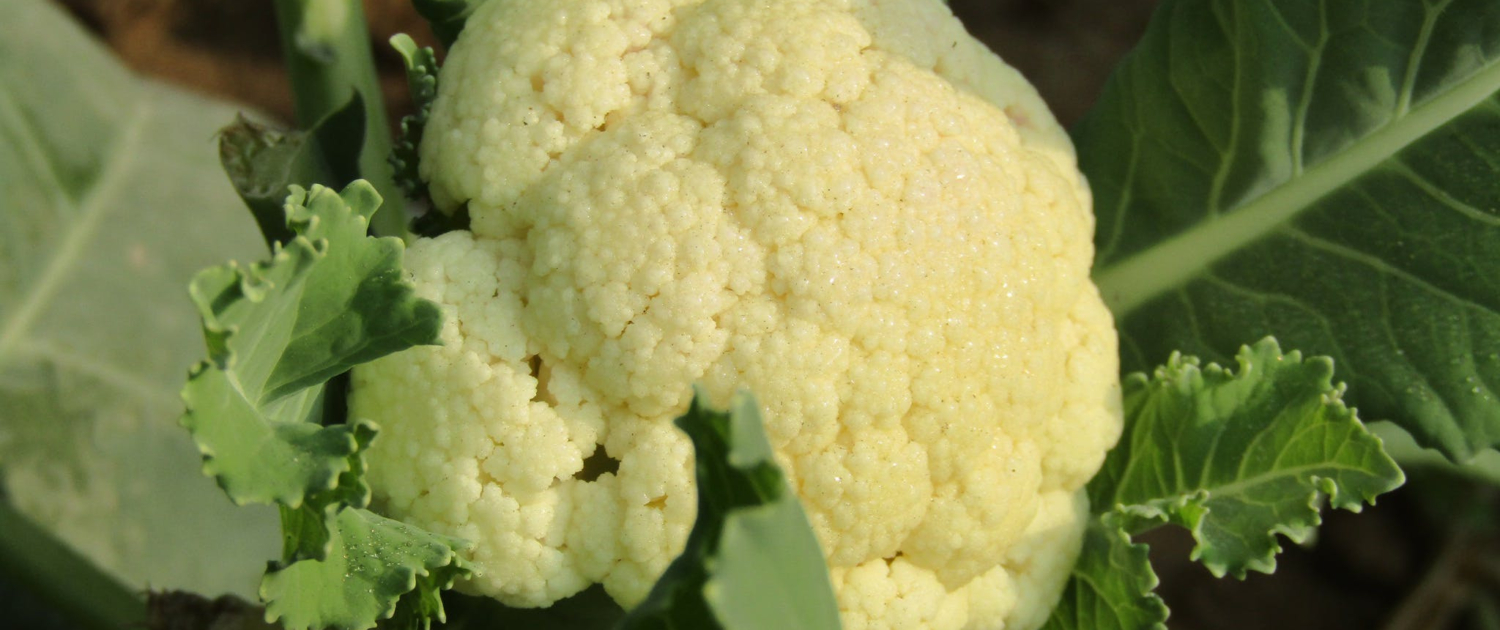
Cauliflower
Cauliflower
Cauliflower, known for its preference for cooler climates like those in the Pacific Northwest, is the most temperamental of the brassica family and prone to boron deficiency and “buttoning,” where abrupt temperature shifts lead to underdeveloped heads. While available in a variety of colors beyond the traditional white, including green, yellow, and purple, cauliflower attracts pests such as root maggots, cabbage worms, and slugs, necessitating careful monitoring and potential use of paper collars or insecticides for successful growth.
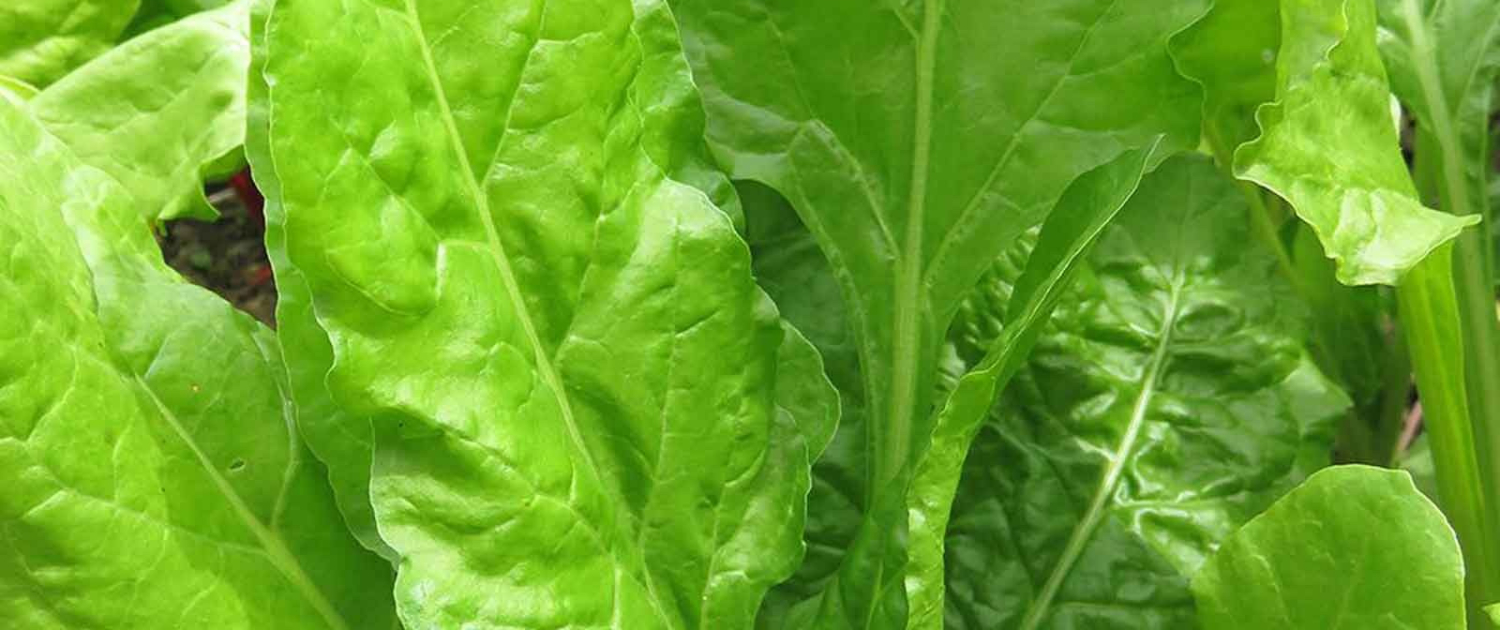
Spinach
Spinach
The Pacific Northwest’s cool, moist climate, complemented by well-draining, fertile soil, creates an optimal growing environment for spinach, a leafy green that matures in 4 to 6 weeks and is particularly well-suited to the region. Spinach, which comes in savoy, semi-savoy, and flat-leaf varieties, is rich in oxalates and antioxidants like lutein and zeaxanthin, offering significant health benefits despite the potential for reduced calcium absorption.
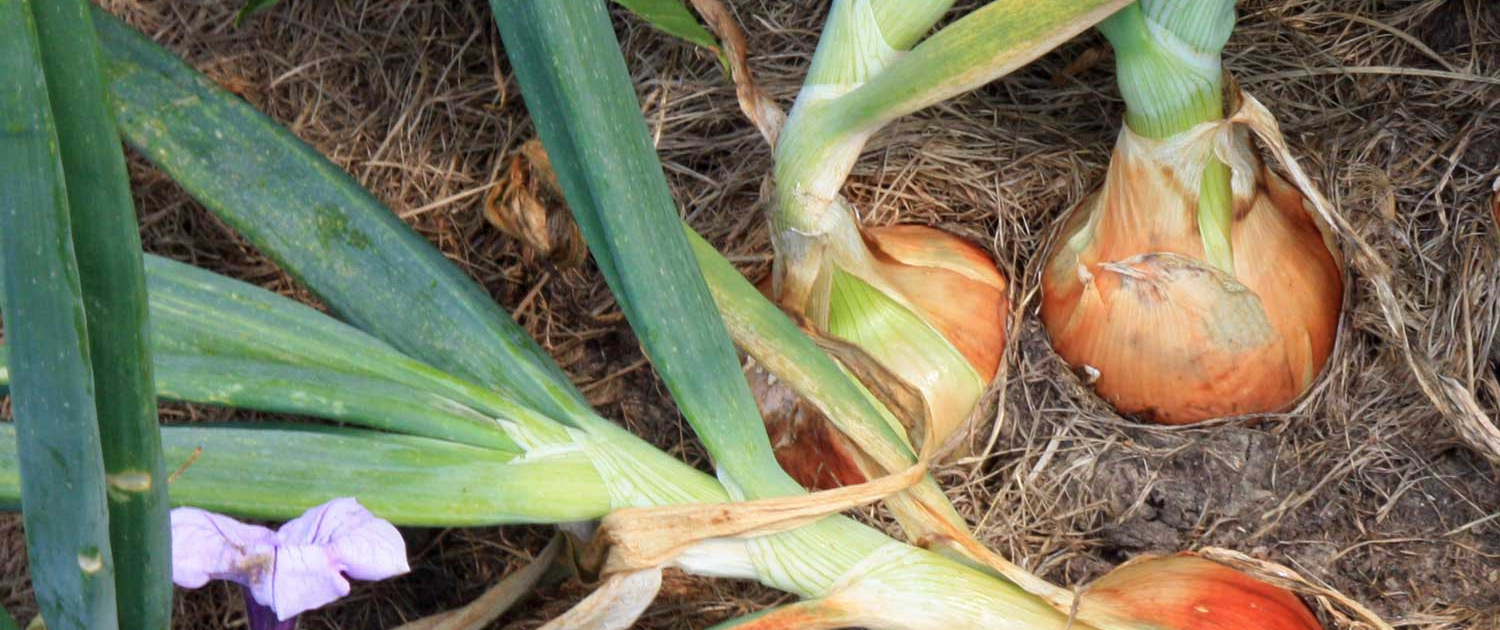
Onions
Onions
Onions, favoring full sunlight and light, organically rich soil, grow best from seeds due to less disease susceptibility and a wider variety choice, offering larger bulbs and simpler cultivation by sowing in deep pots for robust roots. In the Pacific Northwest, long-day onions are preferred, complemented by emerging day-neutral hybrids for their size and independence from day length; attention to weed and pest control, specifically onion maggots, and proper watering and curing techniques are vital for successful cultivation and storage.
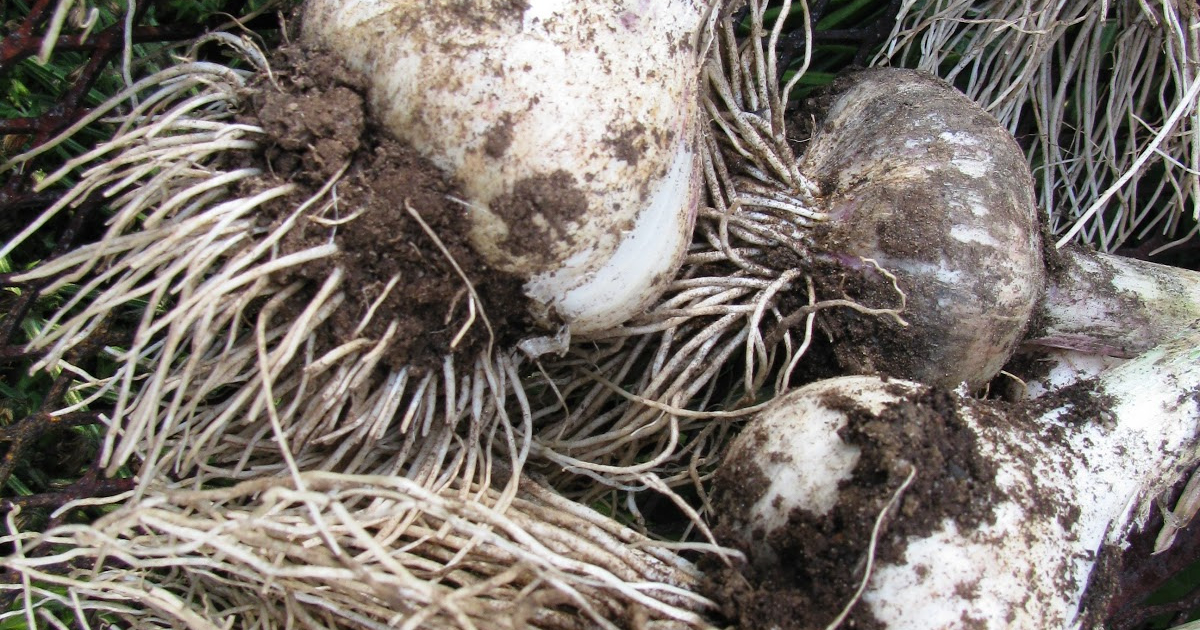
Garlic
Garlic
Garlic cultivation is efficient due to its clonal propagation, with two primary types: soft neck, which is common in stores and has multiple layers of cloves, and hard neck, known for its large cloves and a central stalk that should be removed to boost bulb growth. Planting is best in October in well-drained, limed soil, spacing bulbs 5 inches apart for a summer harvest; after June, cease watering to prevent clove wrapper splitting, and harvest when leaves yellow. Curing involves hanging the garlic in a warm, dry place before storing in a cool, dark location, avoiding refrigeration to prevent sprouting.
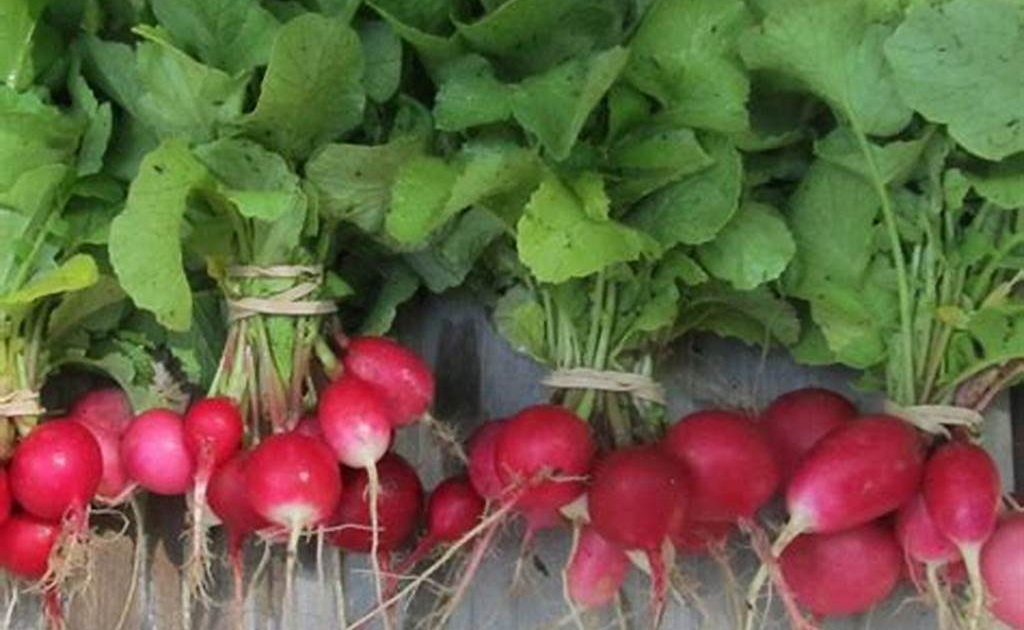
Radishes
Radishes
The mild climate and consistent moisture of the region are ideal for radishes, enabling them to grow quickly while retaining their crispness and flavor, which is perfect for the local environment. As radishes can break up compact soil to enhance aeration and structure, they are not only valued for their quick growth and educational use in teaching young gardeners but also play a role in sustainable farming by acting as a natural cover crop to combat soil erosion and improve soil health.
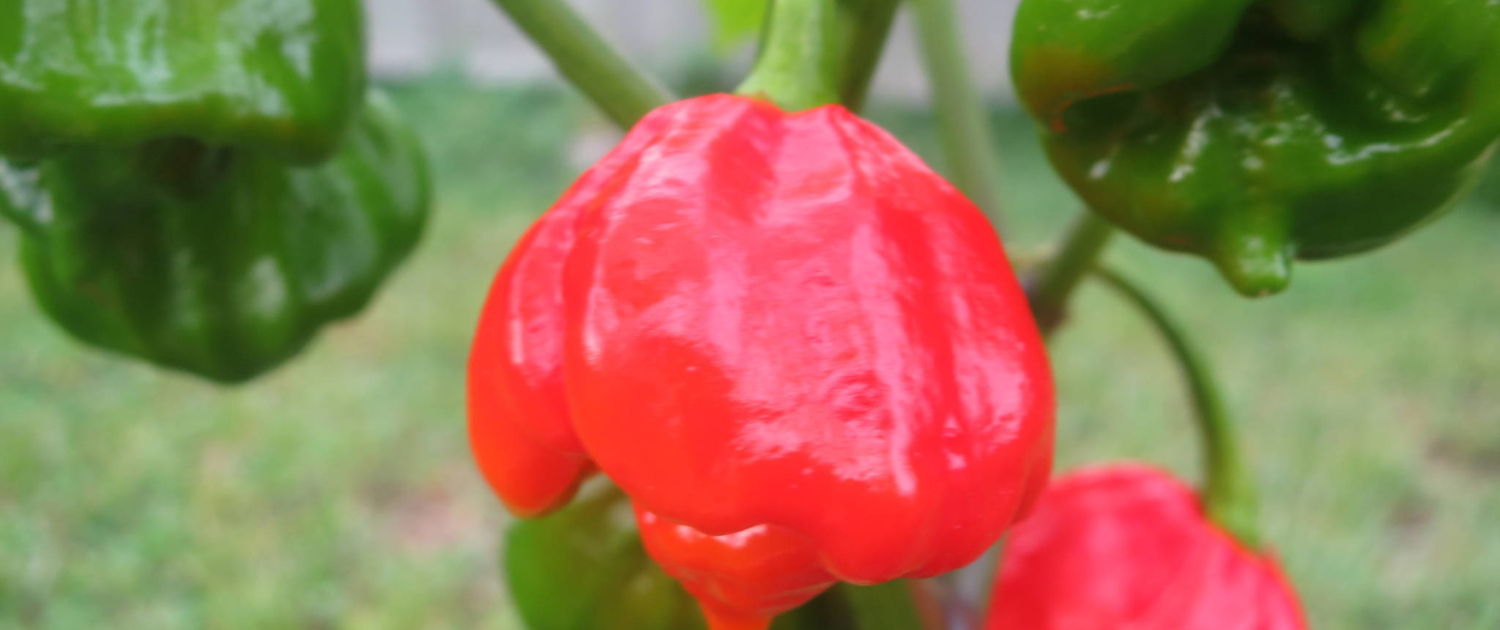
Pepper
Pepper
Peppers, encompassing a range of types like bell, chili, and sweet peppers, each with unique flavors and heat levels, thrive in warm, sunny conditions for optimal growth and yield. While hot peppers tend to be more adaptable, sweet peppers, especially those chosen for cooler climates, require nutrient-rich soil, ample water, and often need support structures to grow successfully; they are also vulnerable to pests like slugs and aphids, and share common diseases with tomatoes. Green peppers are essentially unripe versions of any red variety, harvested earlier before achieving full sweetness and color.
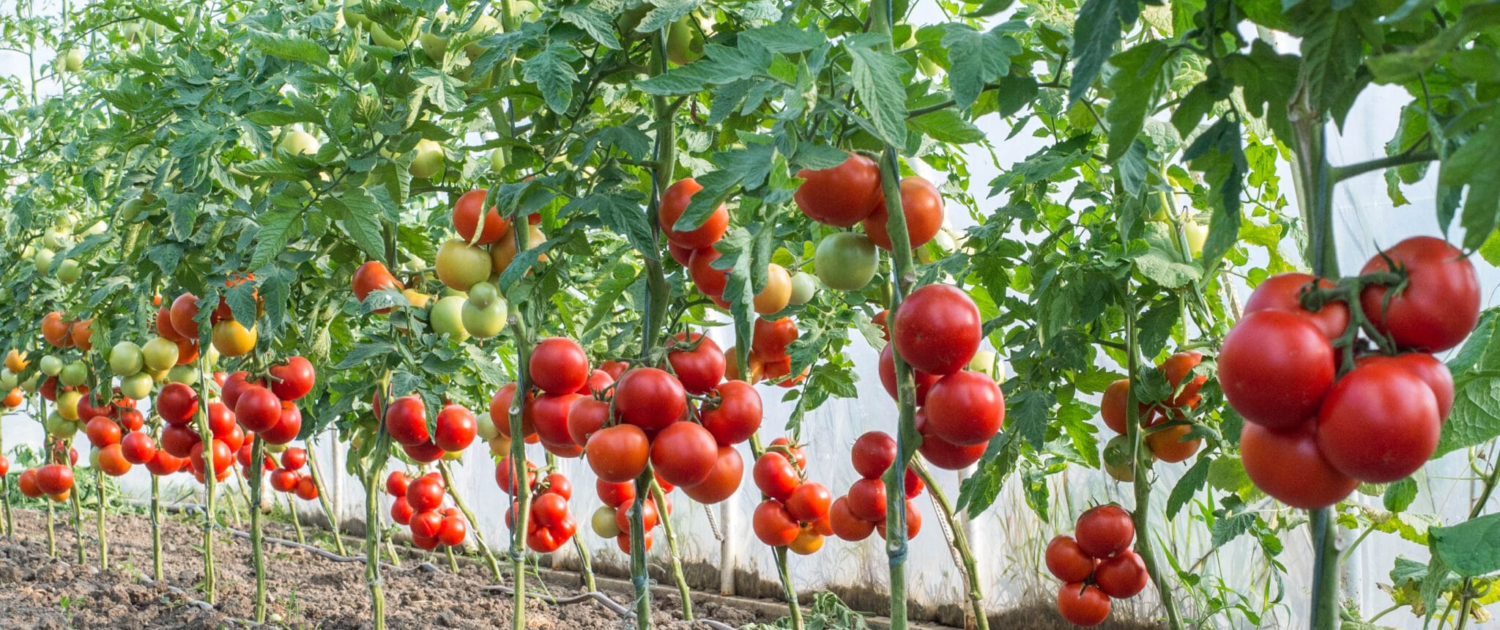
Tomatoes
Tomatoes
The success of tomato cultivation hinges on several factors, notably the availability of at least eight hours of daily sunlight and the location’s specific conditions. To bolster tomato growth and sweetness, especially in cooler coastal regions, a southwest-facing site with a heat-retaining wall and a protective covering like a cloche or a makeshift greenhouse is vital.
Additionally, tomatoes, being self-pollinating, may require manual pollination assistance when grown under cover. Focusing on cherry or small-fruited varieties such as ‘Honey Bunch Grape’ and ‘Sweet Baby Girl,’ which are more likely to ripen fully, and selecting early-maturing types that adapt well to local climate conditions by adding an extra two weeks to their stated maturity period can significantly enhance the chances of a fruitful harvest.




Leave a Reply
Want to join the discussion?Feel free to contribute!